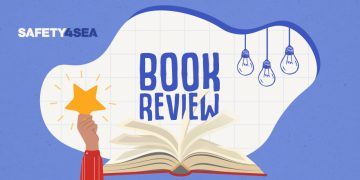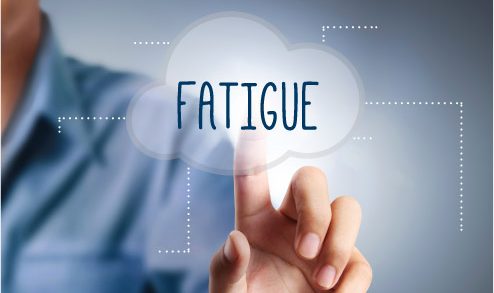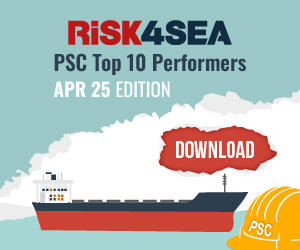Fatigue is a hazard that affects safety, health and well-being. A long-term fatigue may result in health disorders (physical and mental), insidious onset, persists over time, multi-factor causes, significantly affects behavior and wellbeing.
For the maritime industry, fatigue is considered as a significant contributory factor to many incidents in shipping industry and one of the major concerns for seafarers.
As such, latest MARTHA Fatigue Report revealed that fatigue has safety and long-term physical and mental health implications and long tours of duty (over 6 months) may lead to increased sleepiness, loss of sleep quality, reduced motivation which could contribute to ‘near-misses’ and accidents onboard.
Recently, IMO revised its guidelines on fatigue to further address the issue and highlight the need for developing strategies to reduce the risk of fatigue and related incidents.
IMO notes that fatigue is a problem for all 24-hour-a-day transportation modes and industries, including the maritime industry. However, operational aspects associated with the maritime industry are also more complex than those associated with other industries.
For example, variety of ship-types, the pattern and length of sea passage, the number of port visits and port rotations, and the length of time a ship remains in port, all present unique combinations of potential causes of fatigue.
There are two different types of fatigue:
- Physical fatigue when a person finds it physically hard to do the things they normally do or used to do; it includes muscle weakness and diagnosis may involve a strength test.
- Mental fatigue when a person finds it harder to concentrate on things and stay on task. The person may feel sleepy, or have difficulty staying awake while working.
Sleepiness vs Fatigue
Sleepiness can happen when a person does not have enough good-quality sleep, or when there is a lack of stimulation. Fatigue, especially chronic fatigue, is usually linked to a medical condition or health problem.
| Short term sleepiness | Long term fatigue |
| Healthy individual | May cause health disorders (physical and mental) |
| Rapid onset | Insidious onset |
| Short duration | Persists over time |
| Single cause | Multi factor cause |
| Short term effect on daily activities | Significantly affects behavior and wellbeing |
8 key aspects of fatigue, as per IMO Guidelines of Fatigue [MSC.1/ Circ.1598].
#1 Sleep
In order to satisfy the needs of the human body, sleep must have quality, quantity and continuity to be most effective.
#2 Body Clock and the circadian rhythm
We are biologically programmed to be active during the day and to sleep at night. Each individual has a body clock which regulates body’s circadian rhythm.
#3 Time awake
The longer an individual has been awake, the poorer their performance; alertness and performance levels begin to decrease.
#4 Jet lag
The body clock will eventually adapt to a new time zone; however, depending on the new schedule, it takes several days to adjust.
#5 Workload
Fatigue resulting from workload becomes an increasing concern when combined with long periods of wakefulness and long duty hours.
#6 Stress
Stress occurs when a person is confronted with a situation that poses a threat, and the individual becomes aware of his/her inability to cope.
#7 Health
Healthy lifestyle choices such as good physical fitness and a healthy diet have been reported to reduce fatigue and improve alertness and performance.
#8 Individual differences
People can be characterized as morning or evening types depending on the period of the day when they perform at their best.
BUILDING RESILIENCE: Read in this series

































































































































